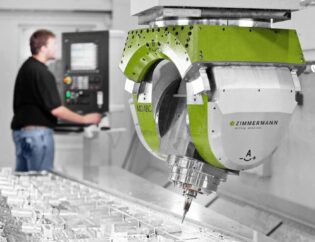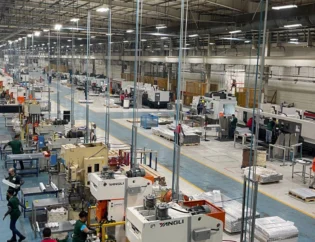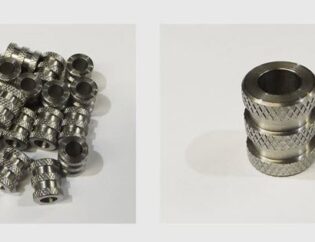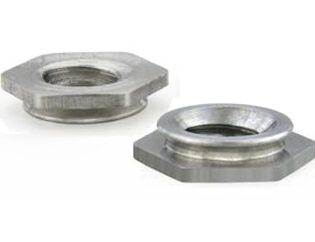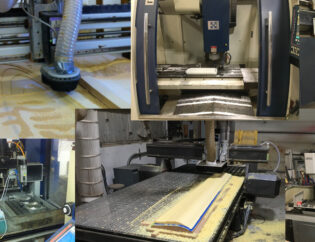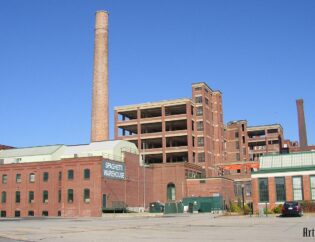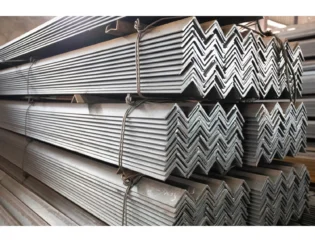Sheet metal technology is a vital component of modern manufacturing, playing a crucial role in various industries, from automotive to aerospace. This guide delves into the intricacies of sheet metal processes, materials, and applications, providing readers with a comprehensive understanding of this essential field.
As you explore this guide, you will learn about the different types of sheet metals, their properties, and the techniques used in shaping and forming them. We will also cover the latest advancements in technology that are transforming the industry.
Additionally, this guide will highlight best practices for working with sheet metal, including safety measures and quality control. By the end, you will have a solid foundation in sheet metal technology, empowering you to apply this knowledge in practical scenarios.
Comprehensive Guide to Sheet Metal Manufacturing
Imagine transforming a flat piece of metal into a precise, functional component for an aircraft or a custom-designed structural assembly. This is the magic of sheet metal fabrication, a process that combines intricate craftsmanship with cutting-edge technology. In this guide, we’ll explore the myriad of fabrication techniques like laser cutting, CNC turret punching, and welding that bring metal to life. You’ll discover the advanced equipment used, such as fiber lasers and press brakes, and understand how quality standards like ISO 9001:2015 ensure excellence in every product. Ready to delve into the fascinating world of sheet metal manufacturing and uncover its vast applications across industries? Let’s get started.
Understanding Sheet Metal Fabrication
Sheet metal fabrication is a versatile process that involves transforming flat sheets of metal into various components and structures. This process serves multiple industries, including automotive, aerospace, and construction. The sheets can be made from materials like steel, aluminum, brass, and copper, with thicknesses ranging from 0.15 mm to 10 mm.
Key Processes in Sheet Metal Fabrication
The fabrication process consists of several critical steps, each essential for creating precise and functional components.
| Process | Description |
|---|---|
| Design | Engineers use CAD software to create detailed blueprints specifying dimensions, tolerances, and material requirements. |
| Cutting | Metal sheets are cut into required shapes using methods like laser, plasma, or water jet cutting. |
| Bending | Press brakes are used to bend metal sheets into required shapes, ensuring high accuracy. |
| Assembly | Components are joined through welding, riveting, or fastening to create complete products. |
| Finishing | Processes like deburring, polishing, and coating enhance the aesthetic and functional qualities of the final product. |
Technical Features of Sheet Metal Fabrication
Understanding the technical features of sheet metal fabrication is crucial for selecting the right processes and materials. Below is a comparison of some key technical features.
| Feature | Description |
|---|---|
| Material Types | Common materials include stainless steel, aluminum, copper, and brass, each with unique properties. |
| Thickness Range | Sheet metal thickness can vary from 0.15 mm to 10 mm, affecting strength and application. |
| Cutting Methods | Techniques include laser cutting for precision, plasma cutting for speed, and water jet cutting for heat-sensitive materials. |
| Bending Techniques | Methods like air bending, V-bending, and roll bending are used to achieve specific angles and shapes. |
| Joining Methods | Welding, riveting, and fastening are employed based on the strength and application requirements. |
Types of Sheet Metal Fabrication
Different types of sheet metal fabrication processes cater to various applications and requirements. Here’s a comparison of some common types.
| Type | Description |
|---|---|
| Laser Cutting | Uses a focused laser beam for high precision and intricate designs. Ideal for complex shapes. |
| Plasma Cutting | Utilizes a high-temperature plasma arc to cut through thicker materials quickly. |
| Water Jet Cutting | Employs high-pressure water mixed with abrasives to cut without heat, preserving material integrity. |
| CNC Punching | Uses CNC machines to create holes or shapes with high precision, suitable for high-volume production. |
| Welding | Various techniques like MIG and TIG welding are used to join metal components securely. |
Applications of Sheet Metal Fabrication
Sheet metal fabrication finds applications across various industries, each benefiting from its unique properties and capabilities.
Automotive Industry
In automotive manufacturing, sheet metal is essential for creating body panels, frames, and other components. The precision and scalability of fabrication processes ensure that parts meet stringent safety and performance standards.
Construction Industry
Sheet metal is widely used in construction for roofing, cladding, and HVAC systems. Its durability and resistance to weather make it an ideal choice for structural elements and decorative features.
Electronics and Automation
The electronics industry relies on sheet metal for producing machine bodies and components for automation systems. The formability of sheet metal allows for the creation of complex parts essential for robotic applications.
HVAC Systems
Custom ductwork and ventilation systems are fabricated from sheet metal to ensure proper airflow in buildings. The ability to create tailored solutions enhances the efficiency of HVAC systems.
Food and Beverage Industry
In the food and beverage sector, stainless steel sheet metal is preferred for its hygiene and corrosion resistance. It is used in equipment like mixers, storage tanks, and workstations.
Advanced Technologies in Sheet Metal Fabrication
The integration of advanced technologies has revolutionized sheet metal fabrication, enhancing efficiency and precision.
Automation
Automated systems streamline tasks such as cutting, bending, and assembly, reducing human error and improving production efficiency. Companies like www.pinnaclemetal.com leverage automation to enhance their manufacturing capabilities.
CAD and CNC Technology
Computer-Aided Design (CAD) and Computer Numerical Control (CNC) technologies are integral to modern fabrication processes. They ensure high precision in cutting, forming, and assembly, resulting in components that meet exact specifications.
Quality Control
Quality control processes are vital for maintaining high standards in production. Companies adhere to certifications like ISO 9001:2015 to ensure that their products meet industry benchmarks.
Conclusion
Sheet metal fabrication is a dynamic and essential process that plays a crucial role in various industries. From automotive to construction, the ability to transform flat sheets into functional components is invaluable. With advancements in technology and a focus on quality, companies can meet the ever-increasing demands for precision and efficiency. As industries continue to evolve, the importance of sheet metal fabrication will only grow, making it a vital area of expertise.
Frequently Asked Questions
Related Video
What is sheet metal fabrication and what are its key steps?
Sheet metal fabrication is the process of transforming flat sheets of metal into specific parts or products through various techniques. Key steps include design, cutting, bending, assembly, and finishing.
What advanced technologies are used in sheet metal fabrication?
Advanced technologies include laser cutting for precision, robotic bending systems for enhanced accuracy, and CAD software for optimizing design and material usage.
Which materials are most commonly used in sheet metal projects?
Common materials include stainless steel for corrosion resistance, carbon steel for strength, and aluminum for its lightweight properties.
What are the main industrial applications of sheet metal?
Sheet metal is used in automotive manufacturing, construction, electronics, HVAC systems, and the food and beverage industry, among others.
How can I find and choose a reliable sheet metal fabrication service provider?
Evaluate potential providers based on their experience, quality control processes, material sourcing, and the range of services they offer to ensure they meet your specific needs.



